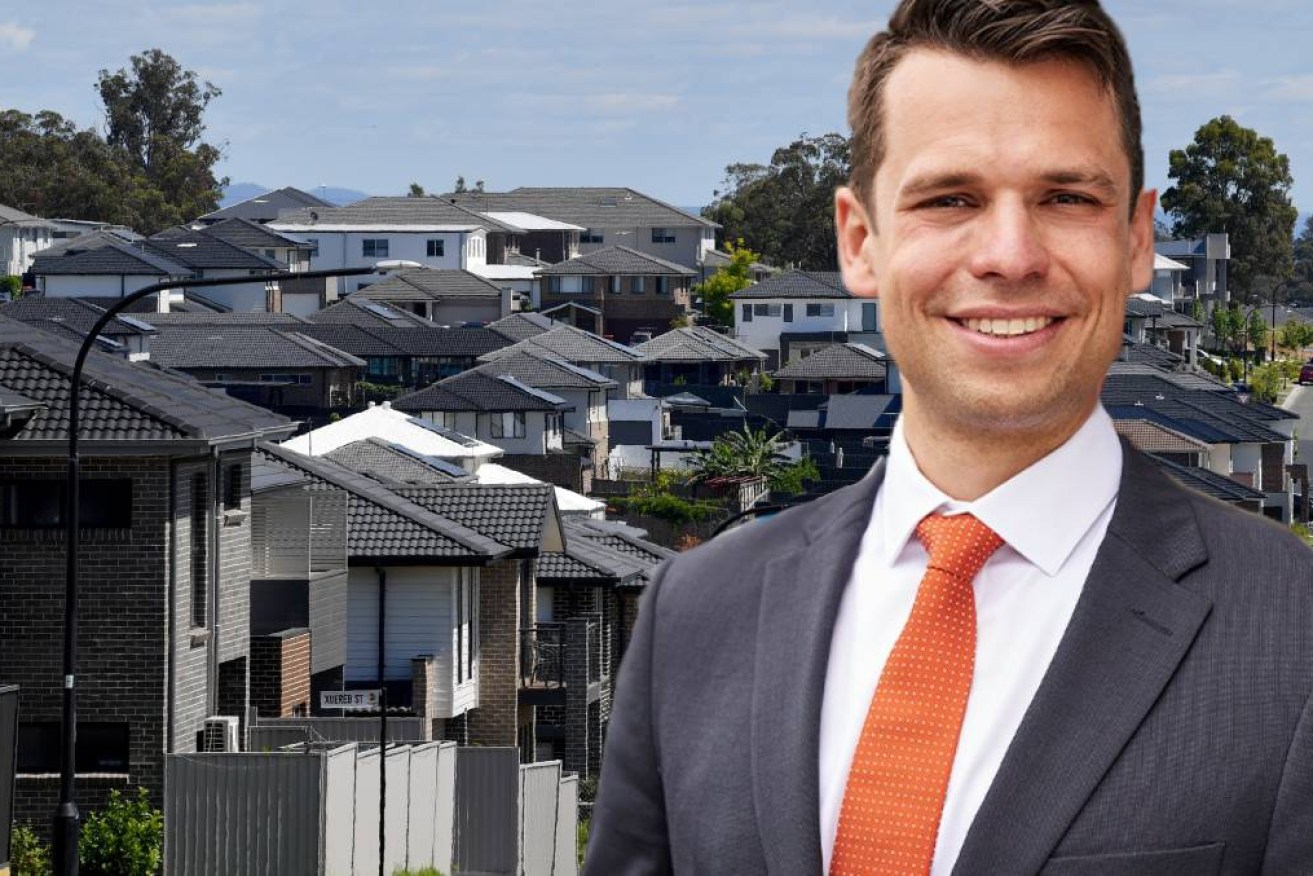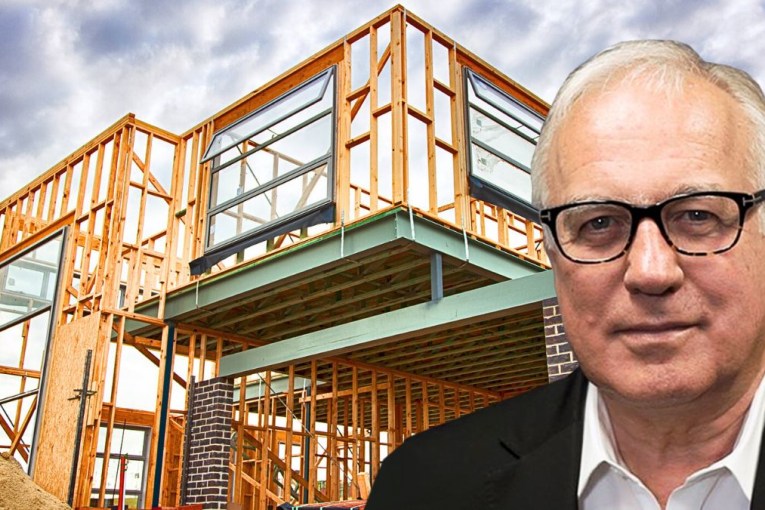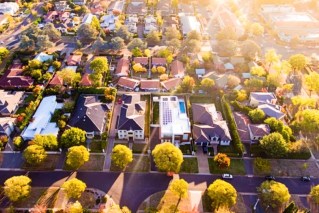The Stats Guy: Let us make haste to reduce rents slowly


There's in a X-factor behind Australia's housing affordability problem. Photo: TND/AAP
You’ve read this a million times by now. We have a big housing shortage, especially at the bottom end of the market.
We need more affordable housing options for low-income earners. So far, so boring.
Let’s discuss non-market housing today. That concept is different to off-market housing, a term referring to properties that are not publicly listed or advertised through traditional means such as real estate agents or property websites.
Non-market housing is housing that doesn’t operate with a profit incentive. It’s not necessarily free housing either. The term includes subsidised housing, social housing, cooperative housing, not-for-profit housing, or some other form of regulated housing that is different from the free market.
To keep it simple we will only look at the rental market.
To a landlord, providing housing always carries operating costs: things like electricity, gas, water, maintenance, council fees, taxes, and mortgage payments.
Some costs, like electricity, can be hand-balled to the tenant. How do landlords set the rent? They charge the tenant their operating costs plus X – with X being whatever the market says you can charge.
If there is a shortage of rental dwellings, as there is right now, X is really high. That’s how market housing works. Non-market housing operates in much the same way except that X is removed. Non-market housing sets the rent by only charging for the operating costs.
Remove the profit incentive
You will not be surprised to learn that housing can be offered at a lower cost to the tenant if you remove the profit incentive, but there is more to the story.
If you build non-market housing right now the building costs will be similar to market housing.
Someone building either market or non-market housing will borrow money in much the same way as you borrow money for your family home.
For the next 30-odd years your family home comes with an expensive monthly fee as you pay off the mortgage. Eventually the day of your final mortgage repayment arrives.
Your house now belongs to you and your monthly housing costs are super low. You only need a little bit of money to keep the family home in an acceptable condition and pay for utilities and council fees. That’s nothing compared to these pesky mortgage costs.
The same is true for a larger property development. The first 30 years or so, while there is a mortgage to pay, rents need to cover these costs. A non-market landlord (maybe a church or a NGO) has to charge rents similar to market rates.
They only charge tenants operating costs (no X), but since these include the big fat mortgage, rent isn’t much cheaper than on the free market.
Magic of time
If the difference in rents isn’t all that big, why even bother with non-market housing? This is where we introduce the magic of time.
Build non-market housing in an up-and-coming neighbourhood right now, wait until the mortgage is paid off and voila, you can provide housing at much below market rates. Non-market housing doesn’t need to raise rents, while all around rents for market housing go through the roof.
Take two (hypothetical) neighbouring apartment blocks we are building in any Australian city that will see growth over the coming decades – most cities fall into this category.
Let’s assume neither development has the advantage of free land gifted by a council. Both buildings are identical in building costs and materials. The only difference is that one will be managed as non-market housing while the other operates under normal market conditions.
The operating costs for both buildings are identical, but only the market one charges X on top. The non-market rent is only a little bit cheaper.
Year after year, as the suburb becomes more popular, local rents go up and the market dwelling adjusts prices accordingly. By now the renters in market housing look envious at the non-market dwelling.
After 30 years, with rents rising constantly, both dwellings have paid off their mortgages. For the owner of the market housing building, the fun now really begins. They continue to charge market rents, but their operating costs are now a lot lower and they pocket a juicy profit.
Life for renters in the market property isn’t getting better though. Across the road in the non-market dwelling the renters can’t believe their luck. They still only pay the operating costs, but the operating costs are now charmingly low. The gap between market and non-market rents couldn’t be bigger.
Non-market housing sounds awesome, but surely only for the select few who manage to snatch up a rare non-market apartment?
Well, turns out that if non-market housing is added at scale, overall rents will be corrected downwards. Adding more non-market housing to Australia would help to keep overall rents low. At least that’s what happened in the Austrian city of Vienna where 60 per cent of housing is famously non-market.
Free market housing competes with non-market housing and established (mortgage-free) stock can only raise the X by so much. In Vienna, professors and unemployed people alike live in non-market housing. No stigma attached.
Okay, got it! Non-market housing is great and market housing is terrible – Viva la revolution! But wait, don’t dust off your Che Guevarra flag just yet.
Adding too much non-market housing disincentivises investors to build market housing and we end up with a situation like Hong Kong, where non-market housing has a wait list of over six years while market housing isn’t available.
We don’t need to switch to a majority non-market housing system, but we would probably improve affordability if we added at least a significant amount of such stock.
Governments in Australia neglected building up a stock of social housing (which is one type of non-market housing) for decades and the current stock isn’t managed all that well.
Time for an overhaul
So how can we increase the non-market housing stock? A state-owned housing developer could theoretically build dwellings bankrolled by the state at below market rates, build on state-owned (free) land, and with fewer bureaucratic hurdles (see I snuck in a joke).
Rent would be below market averages from the start and would become relatively cheaper over time.
To be honest, we probably won’t see a state-owned developer established.
Alternatively, the government can make deals with developers: You, beloved developer, get to build higher buildings or get this area rezoned if you make sure that this particular percentage of apartments will be handed to us as non-market housing at low cost.
This way the state slowly builds up its portfolio of non-market housing.
At the same time a robust system must be built up to decide who gets to live in these dwellings and social housing tenants must be shifted to a different dwelling once their kids move out or their partner dies.
This sounds brutal, but must be done to ensure we optimise the limited housing stock. Top level data of such state-owned, non-market housing would need to be transparent and publicly accessible.
I would want every government to commit to increase the share of the dwelling stock that is non-market until a certain threshold has been reached and then kept steady. Something like 20 per cent seems a good target according to the literature – Australia sits at around four per cent. We definitely have some building to do.
Non-market housing can of course be provided by non-government agencies too. Maybe philanthropists will jump on the non-market housing bandwagon and ensure that life in their neighbourhood of choice remains affordable?
Churches tend to take the long view and might be well-suited to provide a community service this way?
Please keep in mind that the financing of such housing is more complex than outlined in this column, but the basic mechanism is correct. I for one would highly appreciate a public debate about how much of our housing we would want to fall into the non-market category.
Demographer Simon Kuestenmacher is a co-founder of The Demographics Group. His columns, media commentary and public speaking focus on current socio-demographic trends and how these impact Australia. His latest book aims to awaken the love of maps and data in young readers. Follow Simon on Twitter (X), Facebook, LinkedIn for daily data insights in short format.








